
INTRODUCTION

In a 2011 interview with George Lopez, Prince explained his feelings about cover songs: I dont mind fans singing the songs, my problem is when the industry covers the music. You see, covering the music means your version doesnt exist anymore. Theres only one version of Law & Order, but there are several versions of Kiss and Purple Rain.
Put aside his poor choice of comparisonthere are, at latest count, seven versions of Law & Order. Was he right about cover songs? Do covers somehow diminish the originals? Can you really have too many versions of Purple Rain?
Sinad OConnors 1990 Prince cover was the biggest hit of her career.
This book is filled with examples of songwriters who thought exactly the opposite, from Mick Jagger dancing around the room when Devo played him their Satisfaction to the Beatles sending Joe Cocker a thank-you note for his take on With a Little Help From My Friends. Jagger and the Beatles knew that these covers didnt diminish their legacy; they burnished it. Prince, of all people, should have known this, toohow many people would know his song Nothing Compares 2 U without Sinad OConnors massively popular cover (ever an enigma, Prince reportedly loved this covera fact hard to square with his 2011 complaints)?
Willie Nelson wrote only two of the ten songs on his cover-heavy 1982 album.
A cover song doesnt mean, as Prince put it, that the original artists version doesnt exist anymore. Instead, a great cover adds to the song in a number of ways.
In some cases, a cover song can reveal new meaning in a songwriters lyrics. The Pet Shop Boys said their electronic cover of Always on My Mind made the country standards lyrics seem cynical and disturbing after the more traditional Elvis Presley and Willie Nelson versions. Presley himself took the sexual innuendo out of Hound Dog, while Patti Smith added sex and danger to Van Morrisons bar-band staple Gloria.
Some cover songs explore cultural avenues that the original song only hinted at. Otis Reddings Respect strictly addressed a relationship, but Aretha Franklins cover became a generational anthem. Jimi Hendrix transformed the Bob Dylan deep cut All Along the Watchtower into a storming anthem for soldiers in Vietnam. Johnny Cash remade Nine Inch Nails industrial-rock drug song Hurt into a song about old age and dying.
A well-done cover song can introduce a little-known song to a broader audience. Unchained Melody would have remained an obscure movie-soundtrack curio if the Righteous Brothers hadnt belted it. The Fugees translated Killing Me Softly for a hip-hop generation that might have never heard of Roberta Flack. Adele took a recent Dylan song and made it a modern-day songbook standard (no artist has benefited more from cover songs than Dylan).

Though the cover song may seem like a niche category in todays music industry, when most musicians either write their own material or have it written specifically for them by teams of professional songwriters, the vast majority of musical compositions ever performed were on some level covers, from orchestras playing Mozart and Beethoven to farmers singing to each other in the fields. In fact, the first song ever recorded was a cover.
In 1860, a French printer and bookseller named douard-Lon Scott de Martinville sang the traditional folk song Au clair de la lune into a new invention he called the phonautograph. The phonautograph could only record sound, though, not play it back (scientists finally figured out how to play Martinvilles primitive recording in 2008it sounds like a warped transmission from another galaxy). The first recording someone could play back immediately came from Thomas Edison two decades later, and it was once again a cover song: Mary Had a Little Lamb.
Of course, no one would have called these cover songs back then. Actually, up until the midpoint of the twentieth century, the cover song as a concept did not really exist. Before then, consumers had no expectations that singers would record songs they had written themselves. Moreover, the audience for recorded music often did not care who sang their favorite songs.
Thomas Edison with a phonograph, c. 1877. Edison claimed he was the one singing (shouting in his phrasing) on that historic early cover of Mary Had a Little Lamb.
With a few big-name exceptions, listeners in the 1930s and 40s bought records by song title, not artist. They would go looking for a recording of Some Enchanted Evening and usually didnt know or care who had sung it as long as it roughly sounded like the version on the radio. This is a huge mental change from todays consumers. You dont want a record of just anyone singing Someone Like You; you want to hear Adele. But before the dawn of rock and roll, the


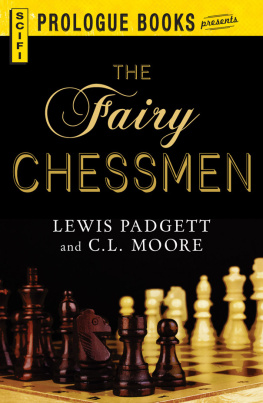
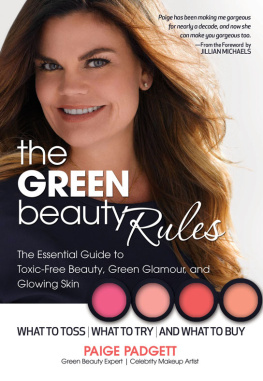
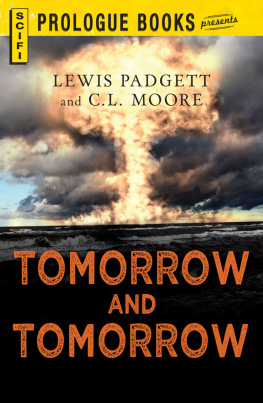
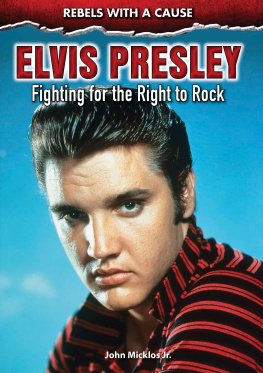

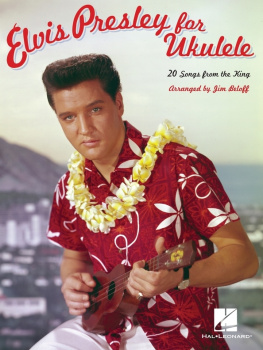
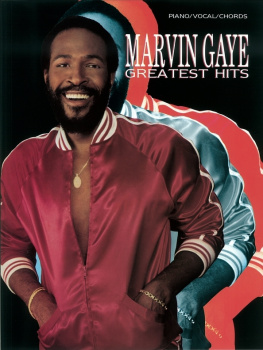
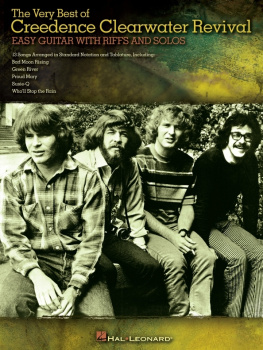
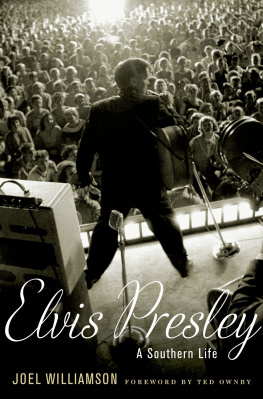

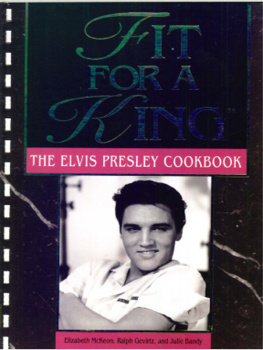
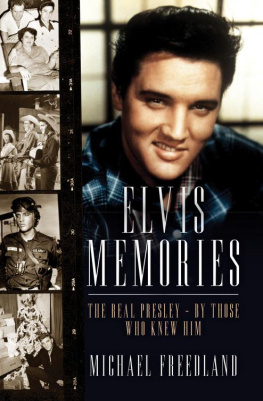




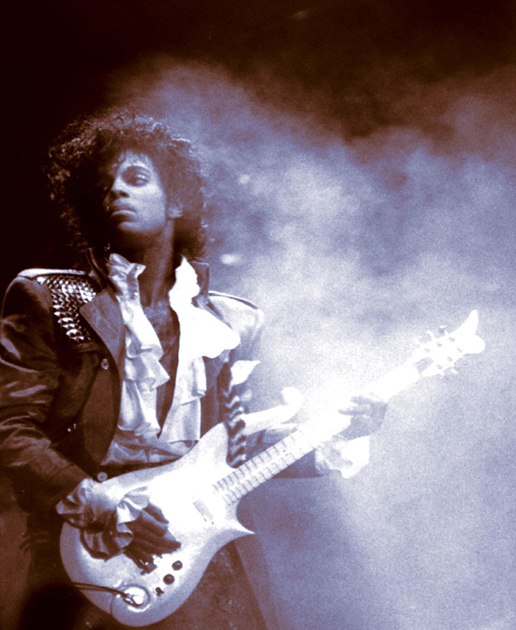
 INTRODUCTION
INTRODUCTION 



